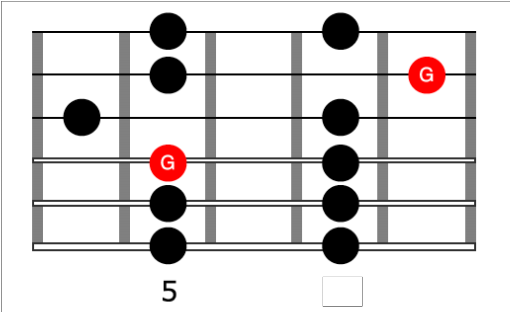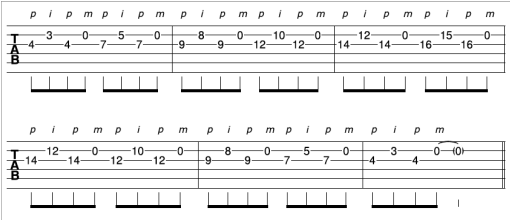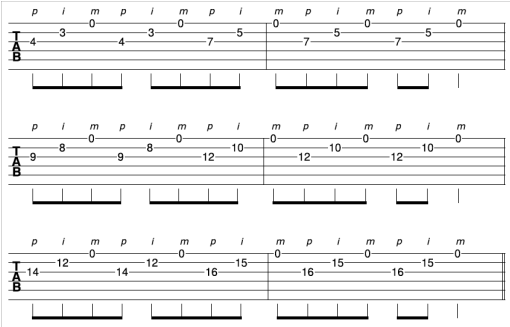Playing fast solo lines and riffs on your guitar can be made a lot easier to do when there is consistency in what both your picking and fretting hands are doing. In this, the 3rd and final video in a 3 part series on creating solo lines using open strings on your guitar, I am going to show you some very cool sounding sequences and riffs you can use to build upon this technique.
In the first video of this series I showed you the very basics on soloing with open strings and pentatonic scale patterns on guitar, in the second video we took this idea a little further with some cool and unique acoustic guitar blues soloing ideas using open strings. I highly recommend you check these videos out first as they are needed to fully understand and gain context to what you will learn in video 3.
Together, all three videos will provide you with a unique way to solo on your guitar that can also enable you to play very fast lines and riffs if you wish, however this approach also works equally as well at any tempo, slow or fast.
In this video I will present to you 3 sequences born from the open string technique that was taught in the first 2 videos. Each sequence will enable you to play fast solo lines up and down the fretboard due to the consistent patterns that both your fretting and picking hands are doing.
I am going to be using pattern 3 of the pentatonic scale in G Major to demonstrate the sequences in this video. We need to play this pattern from the 5th fret on the bottom string of the guitar for this key. You may possibly see this as the key of Em, which it is too as both Em and G Major are relative to each other, however it's all about how you apply it, and for today I will be playing it over a progression in G Major:

Here is a brief breakdown of each sequence for your guitar soloing. For more detailed explanations and demonstrations be sure to watch the video.
Sequence 1

As you will hear in the video this sequence can enable you to play fast on your guitar. The consistency of your picking hand pattern (p, i, p, i) as well as your fretting hand is why this is so.
Like with any solo line or riff you learn on guitar you want to be sure you can get maximum mileage out of them. That being said here is another way you can apply this riff on adjacent strings running horizontally up the fretboard:

Sequence 2

Sequence 2 is a great solo idea that has a little more of an unusual phrasing to it due to the fact that it is a 6 note repeating riff. As a result it doesn't fall quite as symmetrically across the beat as sequence 1 did. It's very easy to play this riff fast on your guitar due to the forward banjo roll and legato elements.
Here is a slight variation of this sequence to enable you to descend the scale too, again giving you more mileage in your application of this solo idea:

Sequence 3

Considering that a large majority of the open string technique that has been covered in this series is based on the banjo roll, I thought it would be fitting to give you an actual banjo roll riff.
Banjo rolls also enable to you play very fast, very easily on the guitar. They can be great for building tension in your solos due to their repeating nature, but can also create awesome solo lines as the application of the banjo roll demonstrates below:

Specializing in online acoustic guitar lessons, Simon Candy is based in Melbourne, Australia where he runs his own guitar school.